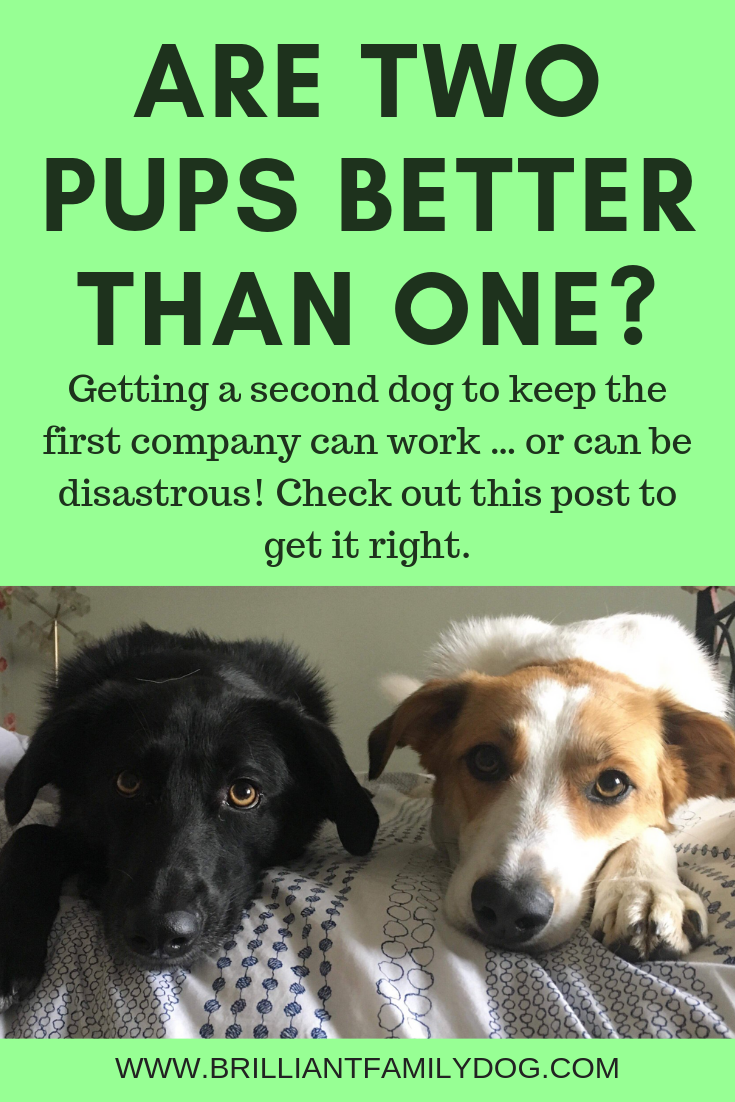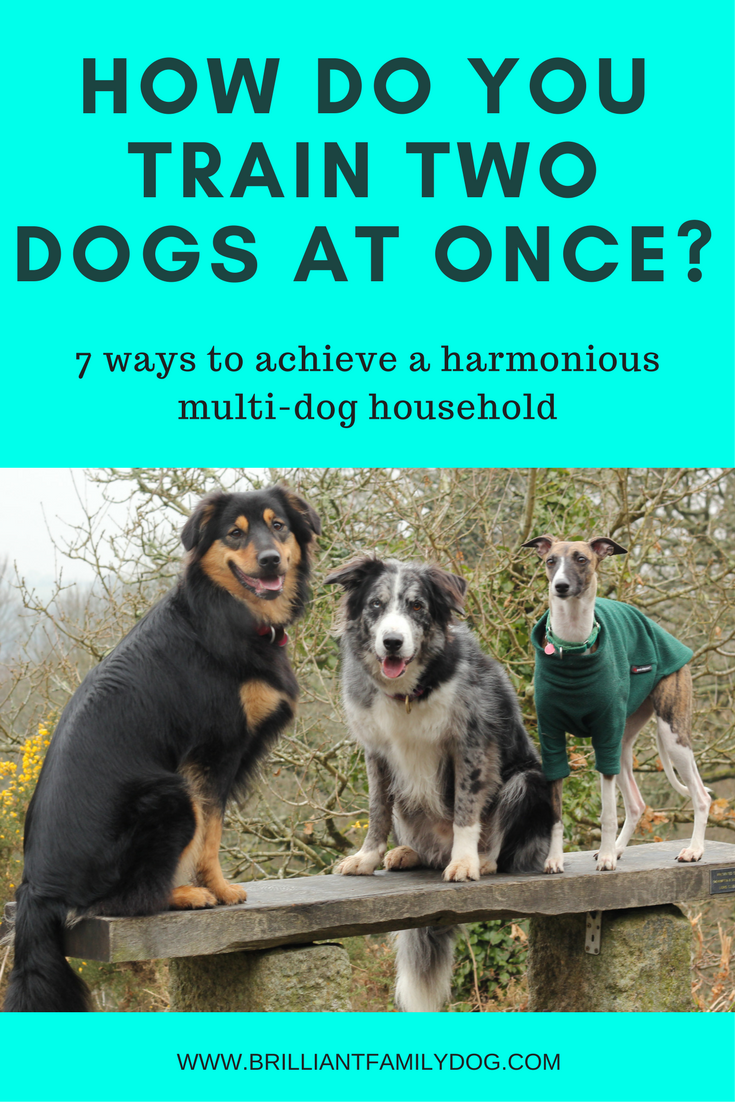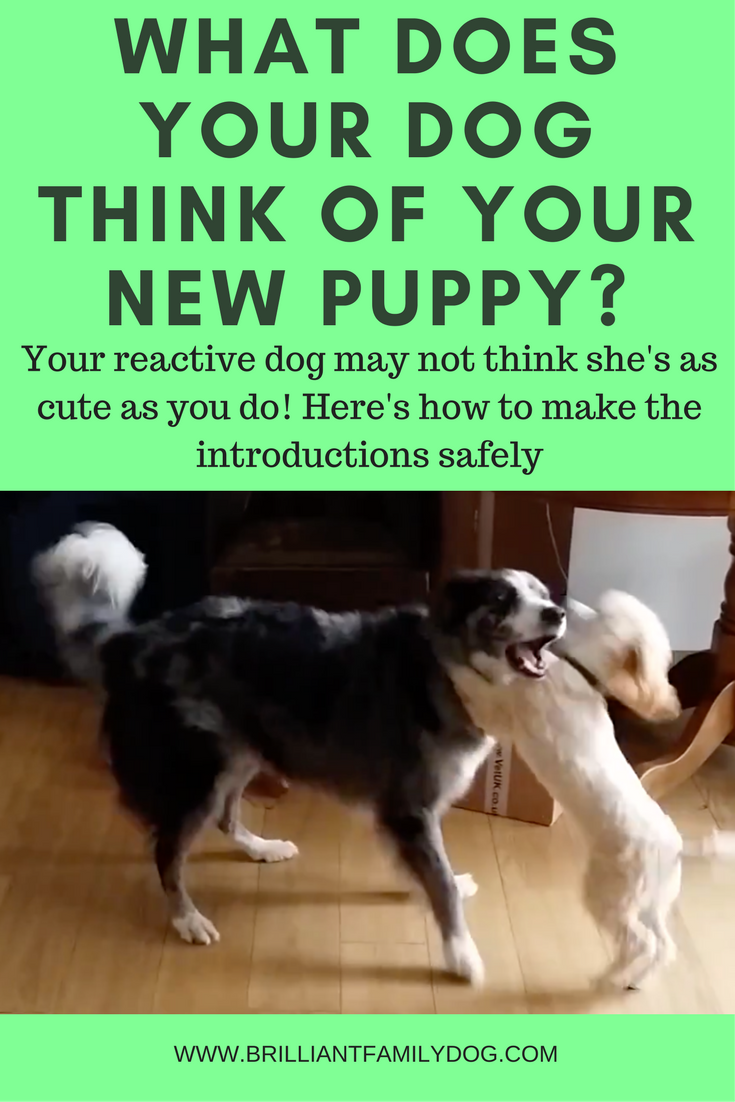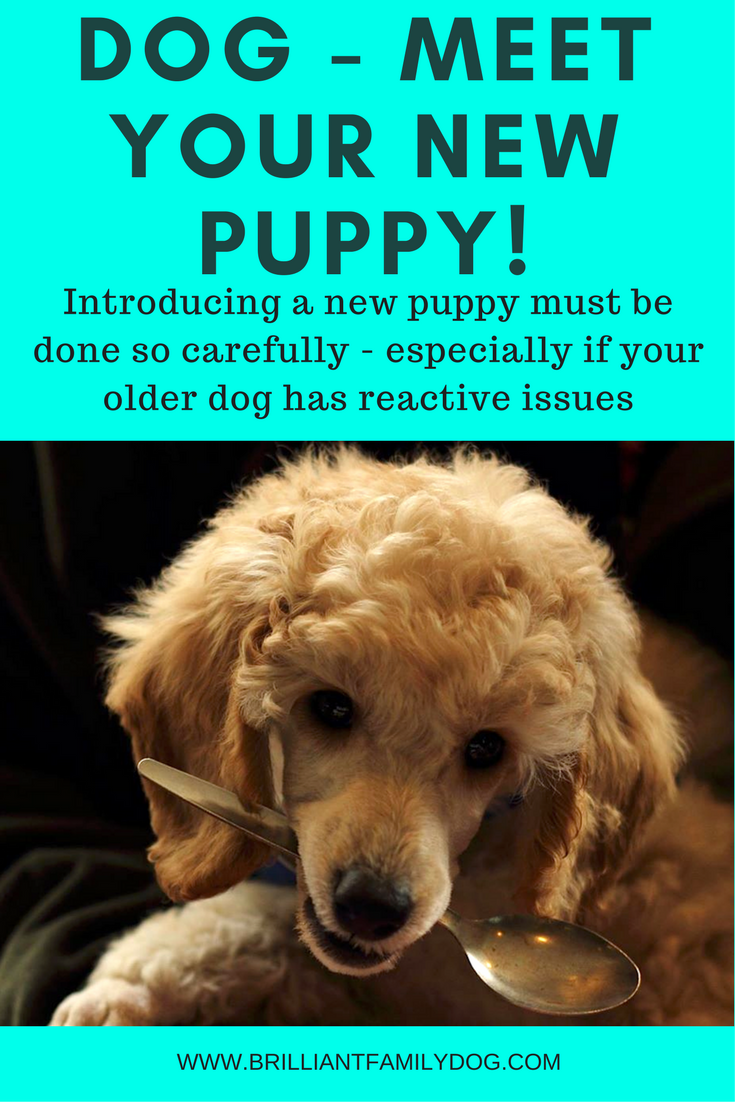People often come to me with problems with their two (or more) dogs.
They tell me they got two dogs usually for one of these reasons:
The first puppy was so cute and adorable they just had to get another.
They’re at work all day and feel guilty about the dog being alone.
They just thought it would be twice as much fun.
They got one for each child and mum ended up with both of them …
They were pressured into it by the “breeder” (this is a common puppy farm ploy) and were sorry for the puppy being left behind.
So there often wasn’t too much thought involved, and little prior research!
More commonsense tips to be found in this free 8-lesson email course to get you started with your dog
THIS FREE ECOURSE IS A BONUS FOR YOU WHEN YOU SIGN UP TO RECEIVE EDUCATIONAL EMAILS AND OCCASIONAL OFFERS FROM ME. YOU CAN UNSUBSCRIBE AT ANY TIME.
Privacy Policy
Privacy Policy
Now I’m not suggesting that you shouldn’t have two or more dogs - as long as you have the time for them. I have four, and I know lots of people with two+ very happy dogs.
But what you need to know is that it isn’t necessarily plain sailing!
You can’t just get another dog or pup and toss it into the mix and let it sink or swim! There could be lasting bad fallout from this. Either the older dogs (who never asked for another dog in the family) are pestered mercilessly till their temper frays and they snap at the youngster. Or - possibly worse - the two dogs become such firm friends that the newer dog has no relationship with you whatsoever, and is wild.
Keep ‘em apart!
What many people don’t realise is that you have to rear the new dog largely separate from the present incumbent.
This is fairly easy with a puppy as they’re on a completely different sleep and feeding schedule from your older dog, and need to be kept to limited space for sleep and housetraining purposes. Walks should be solo so that you can keep up your relationship with your older dog and develop one with the newcomer. Yes, it requires double the work, but you end up with two dogs who enjoy each others’ company, but enjoy you most of all!
To find out exactly how to introduce a new puppy into your household of one or more dogs, read this post
Littermates
But the big trouble comes when people get two puppies at once. Or they get another puppy when the first is only a few months old.
They expect them to entertain each other, to save them the bother of doing it themselves. They let them roll and scrap all day long. They leave them more or less alone together. When the lunatics begin to take over the asylum, they don’t know who is responsible for which misdemeanour. So they either ignore the poor behaviour and let it develop and grow, or they punish both puppies just to be sure, to be sure.
They don’t know how much either pup is sleeping, how much he’s eating, and who is producing which poo (important to keep an eye on this for health reasons).
In any relationship, one tends to make the decisions and the other tends to follow. What will happen to your shyer pup if you lose the bolder one? It could take years for the remaining dog to recover from the loss.
So can I get a second dog?
Broadly speaking, yes - if you follow these guidelines:
Your first dog should already have reached maturity - 1 to 2 years old for most dogs. The larger the breed, the slower they are to mature.
You must follow a program of relationship-building between the two dogs, and each dog and you. This takes TIME! Follow the guidance in this post
You need to focus most of your attention on the new puppy for his critical first year. Have you enough time to go round?
Before you even consider adding another dog in to your home, read this series of posts on how to choose the right dog for you.
If you fall for your heart’s or your child’s or the puppy salesperson’s nagging and get two littermates - you really have your work cut out! Follow the guidance in the linked post. Sleep the puppies in separate crates, maybe separate rooms, feed separately, walk separately, go on socialisation outings separately, separate handlers in puppy class - or separate classes, play separately, and so on. Of course they can interact with each other, but a good rule of thumb is to allow ⅓ the amount of time for playing together as you can give each individual puppy. Yup. That means they get to play together for 20’ in the day, perhaps 5’ at a time, as long as you can give each dog 1 hour of your time. And that play must always be actively supervised!
Still want to get two puppies??
Follow these guidelines and you’ll end up with two well-balanced, and possibly well-trained dogs (that depends entirely on how much time you put into training them!), who respond to you.
And for more helpful and dog-friendly advice - on what to do with the critters once you have them! - get our free 8-part email course here.
More commonsense tips to be found in this free 8-lesson email course to get you started with your dog
THIS FREE ECOURSE IS A BONUS FOR YOU WHEN YOU SIGN UP TO RECEIVE EDUCATIONAL EMAILS AND OCCASIONAL OFFERS FROM ME. YOU CAN UNSUBSCRIBE AT ANY TIME.
Privacy Policy
Privacy Policy










